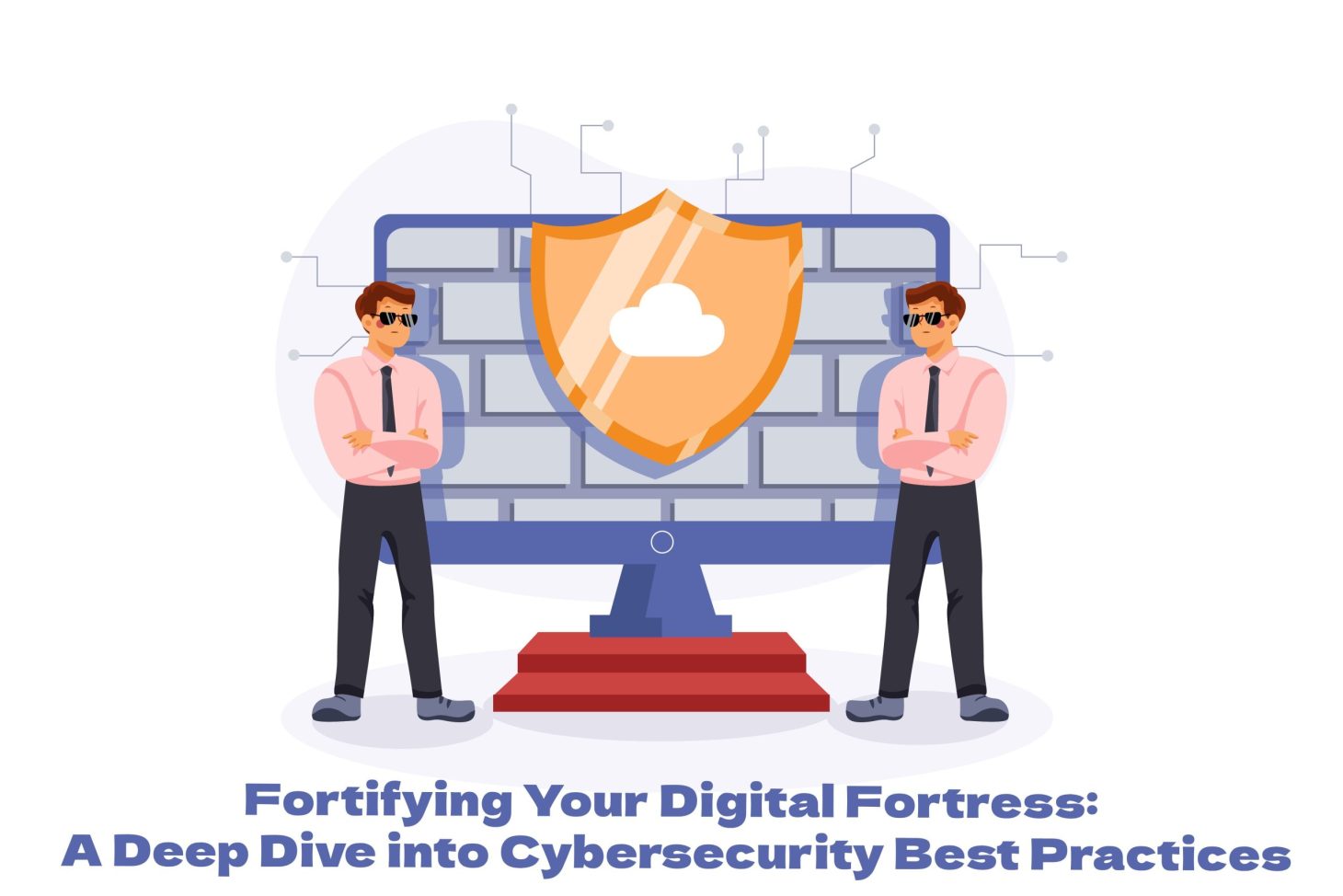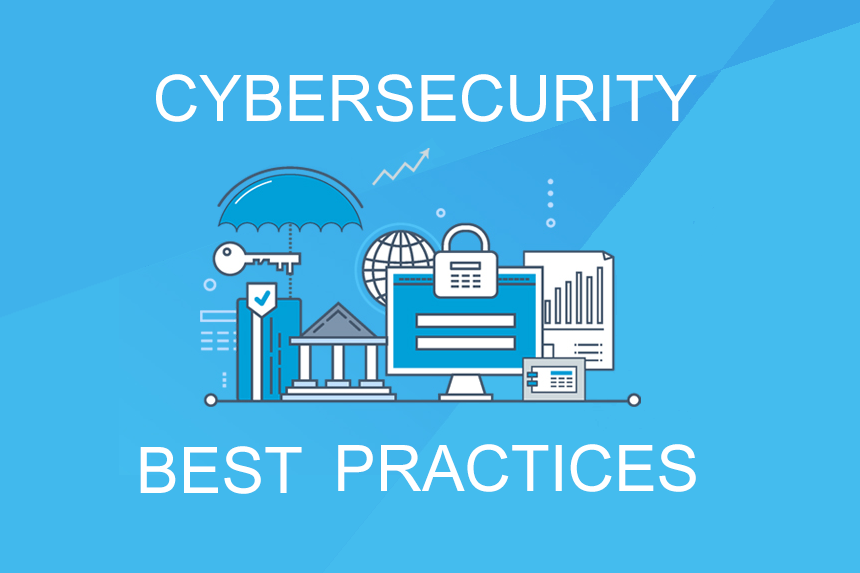Fortifying Your Digital Fortress: A Deep Dive into Cybersecurity Best Practices
In an era defined by digital transformation and interconnectedness, the importance of cybersecurity cannot be overstated. With cyber threats evolving in sophistication and frequency, individuals and organizations must adopt robust measures to safeguard their digital assets and sensitive information. In this comprehensive guide, we’ll explore the multifaceted landscape of cybersecurity, dissecting common threats, outlining best practices, and providing actionable insights to fortify your digital defenses.
Understanding Cybersecurity
At its core, cybersecurity encompasses a vast array of practices, technologies, and strategies aimed at protecting computer systems, networks, and data from unauthorized access, data breaches, and cyberattacks. From individuals managing personal accounts to multinational corporations safeguarding vast troves of sensitive information, cybersecurity is paramount in preserving confidentiality, integrity, and availability in the digital realm.
The Evolving Threat Landscape
Cyber threats come in myriad forms, ranging from simple phishing scams to sophisticated nation-state-sponsored attacks. Malware, ransomware, social engineering, and insider threats represent just a fraction of the arsenal wielded by cybercriminals. With the proliferation of connected devices and the advent of the Internet of Things (IoT), attack surfaces have expanded exponentially, further exacerbating the challenge of defending against cyber threats.
Cybersecurity Best Practices
To navigate the complex landscape of cybersecurity effectively, individuals and organizations must adhere to a set of best practices designed to mitigate risk and enhance resilience. Here are some foundational principles to consider:
- Risk Assessment and Management: Conduct regular risk assessments to identify vulnerabilities, assess potential threats, and prioritize mitigation efforts based on their impact and likelihood.
- Security by Design: Integrate security measures into the design and development of software, systems, and applications from inception, rather than as an afterthought.
- Continuous Monitoring and Detection: Implement robust monitoring and detection systems to detect anomalous behavior, suspicious activities, and potential security breaches in real time.
- Incident Response and Recovery: Develop and test comprehensive incident response plans to facilitate prompt and effective responses to security incidents, minimizing the impact and downtime associated with breaches.
- User Education and Awareness: Foster a culture of cybersecurity awareness by providing regular training, education, and awareness programs to employees, stakeholders, and end-users.

Emerging Trends and Technologies
As cyber threats continue to evolve, so too must cybersecurity strategies and technologies. Artificial intelligence (AI), machine learning (ML), blockchain, and zero-trust architecture represent just a few of the emerging trends and technologies poised to revolutionize the cybersecurity landscape in the coming years. By leveraging these innovations, organizations can enhance threat detection, automate response mechanisms, and bolster resilience against evolving cyber threats.
Conclusion: Building Resilience in an Uncertain World
In an increasingly digitized world fraught with cyber risks and vulnerabilities, cybersecurity remains an ever-present imperative. By adopting a proactive, holistic approach to cybersecurity, individuals and organizations can build resilience, mitigate risks, and protect their digital assets and infrastructure from the ever-evolving threat landscape. Remember, cybersecurity is not a destination but a journey—an ongoing process of vigilance, adaptation, and collaboration in the face of evolving threats and challenges.



